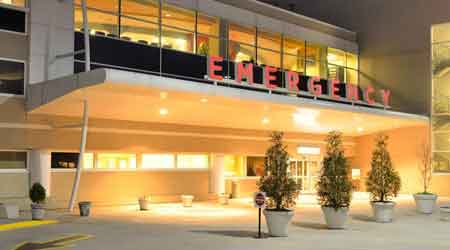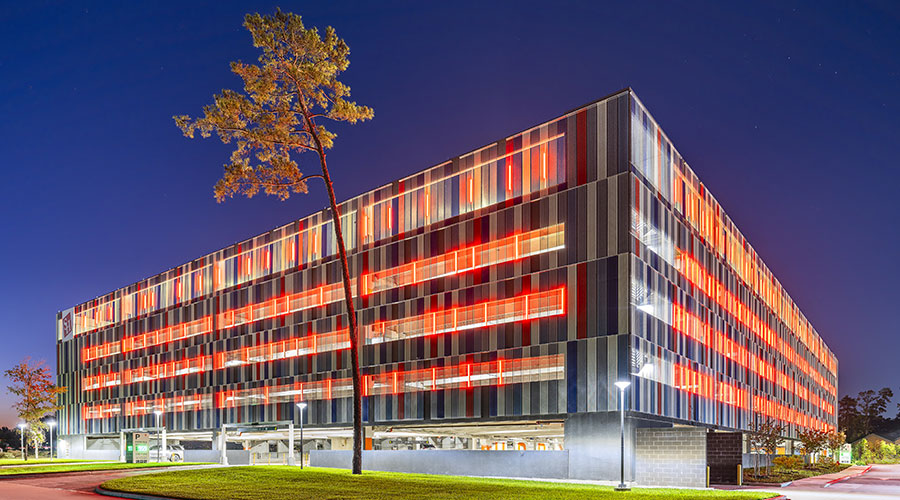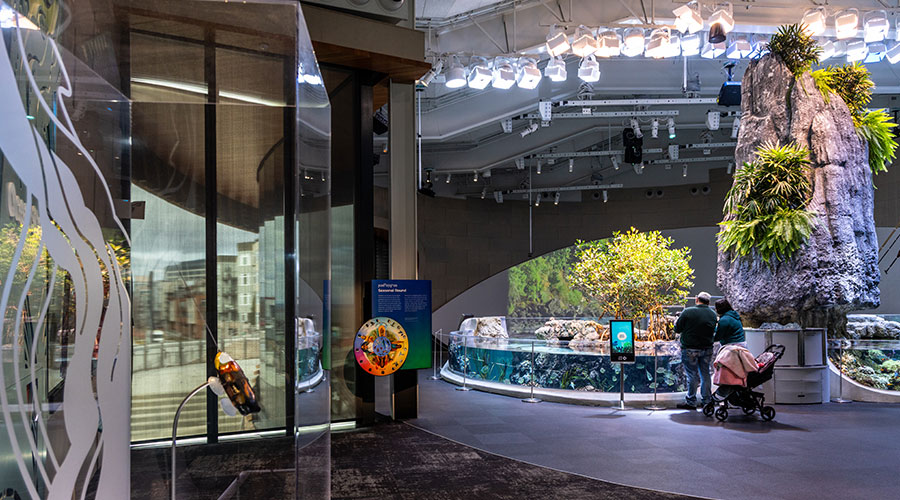Place Focus of Exterior Lighting Projects on Fixtures
Part 3 of a 5-part article on exterior lighting projects
Different exterior lighting applications require different fixtures. A structure lighting application typically involves floodlighting, spotlighting, outlining, or silhouetting, while softscape and hardscape applications can require diffuse lighting or spotlighting of a specific focal point. Vehicular and pedestrian applications typically strive to provide uniform lighting levels while minimizing glare. Each requires a particular fixture design.
In addition, different light sources emit different quality of light. The two most commonly cited light quality measurements are color temperature and color rendering index (CRI).
Color temperature, measured in degrees Kelvin, indicates the color appearance of a light source when compared to a reference source. The higher the color temperature, the closer the light produced by the source is to white light. For most applications, a color temperature of 2,500 or higher is considered good.
CRI describes the color rendering accuracy of the light source. The higher the CRI — which ranges up to 100 — the better the color rendering. The CRI is particularly important in applications where identifying color is essential, such as in parking garages.
When evaluating lighting options, managers also must consider the amount of light the fixtures produce that actually reaches its intended area. Many of today’s light sources are designed as full-cutoff fixtures, meaning 100 percent of the light produced is directed downwards. Full-cutoff fixtures eliminate uplight, reduce glare, and reduce light trespass, which is light that shines beyond its intended target. Full-cutoff fixtures are common in applications such as streets and parking areas.
In applications where light must be directed towards a specific target, such as a sign, managers can specify fully shielded fixtures so the light reaches only its intended target.
Related Topics:
















